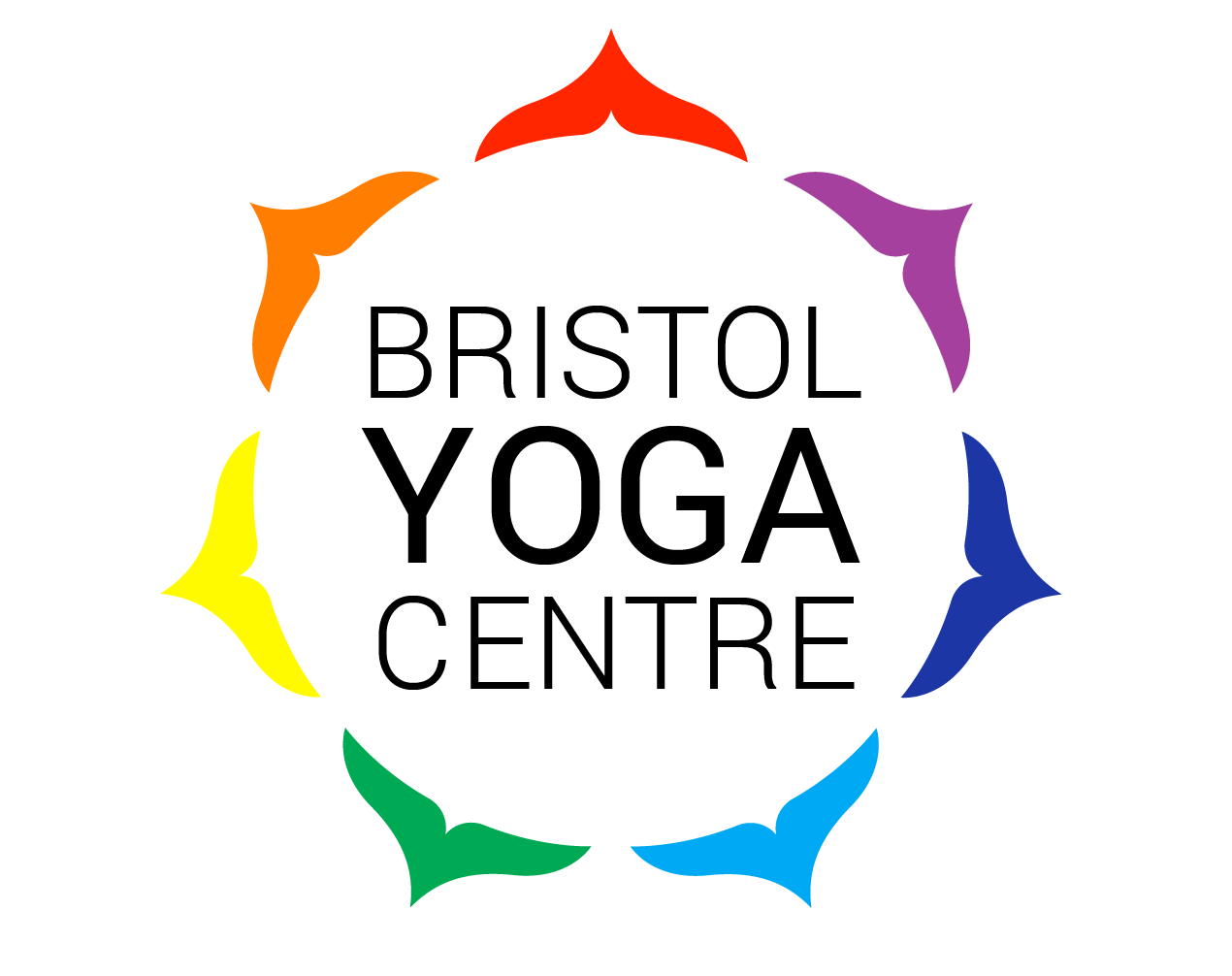‘Your breathing should flow gracefully, like a river, like a water snake crossing the water, and not like a chain of rugged mountains or the gallop of a horse. To master our breath is to be in control of our bodies and minds. Each time we find ourselves dispersed and find it difficult to gain control of ourselves by different means, the method of watching the breath should always be used’ - Thich Nhat Hanh
I wanted to share this brilliant breathing technique that I learnt from one of my yoga teachers some time ago. I’m not sure if it’s a classical Tibetan breathing technique, as I’ve never come across this anywhere else but it’s a great introduction to alternative nostril breathing or Nadi Shodhana.
Nadi Shodhana means ‘purifying the channels’ and balances the pranic energies by controlling the airflow through the nostrils. This technique is excellent for beginners as it’s simple and easy to follow. Similar to Anuloma Ujjayi (another simple alternative nostril breathing), this technique is excellent for beginners as it’s simple and easy to follow. You don’t even need to be able to do Ujjayi pranayama or know how to hold Vishnu mudra, a hand gesture used in alternative nostril breathing.
If you are new to pranayama (yogic breathing techniques), it’s worth reading my previous posts on breathing technique and seated postures. To gain the most benefit from pranayama it’s best to be taught in person by an experienced teacher.
Preparation: ways of opening and balancing nostrils
If you have a slight congestion, especially just on one side of the nostrils, you may want to try using the following techniques:
- Lying on the side of the body: If your left nostril is blocked lie on right side and vice versa.
- Practicing Padadhirasana, the breath balancing pose (see picture below).
Sit tall in Vajrasana or a comfortable seated position that supports the spine. Cross the arms in front of the chest, placing the hands under the opposite armpits with the thumbs pointing upward. Close your eyes and start to focus on the breath. Allow your breathing to be smooth, deep and rhythmical. Practice for 5 – 10 minutes before pranayama.
If you’re still congested try visualisation techniques instead. With this breathing technique, you could even do the arm movements but omit holding the nose down.
Method
- Sit comfortably with the spine tall (use cushion or chair if necessary)
- Connect with your breath and begin to slow down your breathing
- Raise your right arm up as you inhale through both nostrils, as you exhale block the right nostril and breathe out through the left. On your next inhale, raise your left arm up and when you exhale block the left nostril and breathe out through the right (this completes a full round). Continue like this for 6 - 12 rounds.
- Sit and observe the effects of your practice.
If you feel dizzy or unwell during the practice, stop and bring your breathing back to a normal. If you have a regular pranayama practice, you can alter breathing ratio and slowly introduce breath retention.
Practice advice
This breathing technique can be practiced before or after the asana session.
Relax your shoulders, face and neck and try to keep an upright spine. Avoid pressing too hard on your nose and be delicate with the use of your hand. Gradually lengthen and deepen your breathing. Take your time to practice slowly and try to feel the effect of the pranayama.
Benefits
The immediate effects of pranayama can be subtle but with regular practice, you will notice that your mind is clearer and your concentration will improve. It’s said to be great for reducing stress and overall you will feel more balanced and energised. Pranayama is used for dharana (concentration) and preparation for dhyana (meditation).
I have personally practiced pranayama over the years and have noticed a massive improvement in my mental and physical wellbeing. I found that I am more grounded, centred and relaxed.


